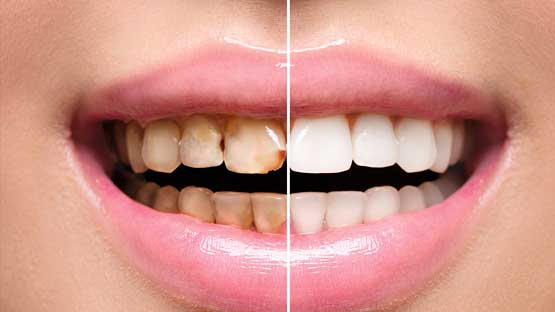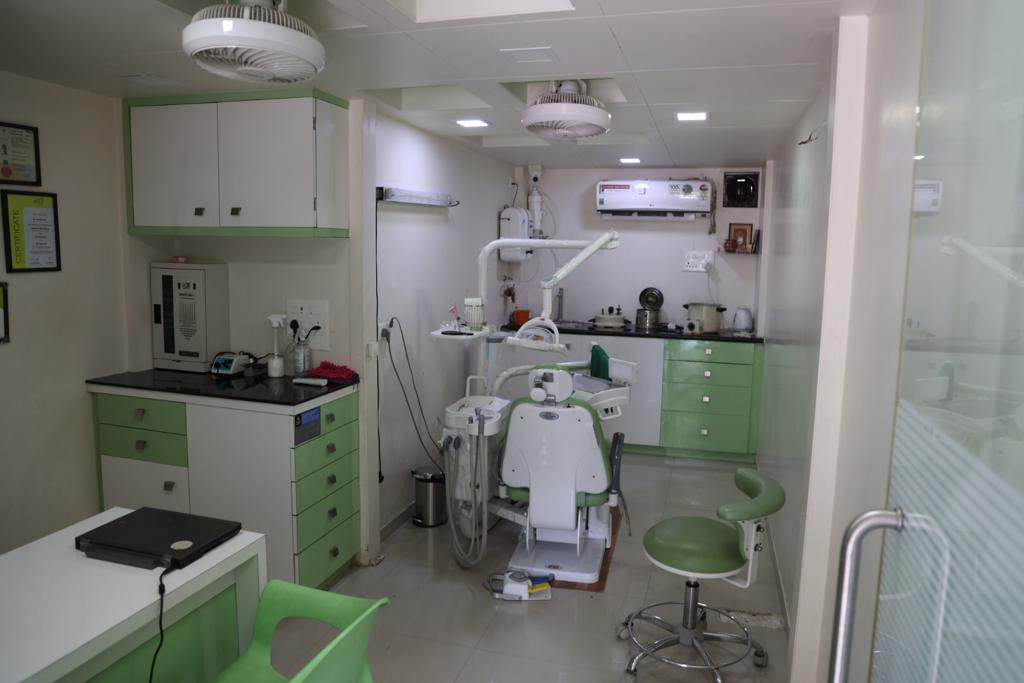Our dentistry dedicated to excellence.
Smile Designing:
Smile Design can correct a wide variety of cosmetic and practical dental issues. The steps and desired results of a Smile Makeover will reflect the unique needs and personal goals of each patient. No two smile design plans are the same!
Smile Design can:
• Whiten and brighten teeth
• Balance the alignment of the teeth
• Make the front teeth the same height and width
• Achieve a better gum-to-teeth ratio
• Strengthen teeth & dental function
• Help patients’ smile match the curve of their lips
• Reduce risk of tooth decay, gum disease, and infection
• Dramatically boost patient confidence
• Make the entire face look younger and healthier

Fillings (Esthetic/Cosmetic)
To treat a cavity , dentist will remove the decayed portion of the tooth and then “fill” the area on the tooth where the decayed material once lived. Fillings are also used to repair cracked or broken teeth and teeth that have been worn down from misuse (such as from nail-biting or tooth grinding).
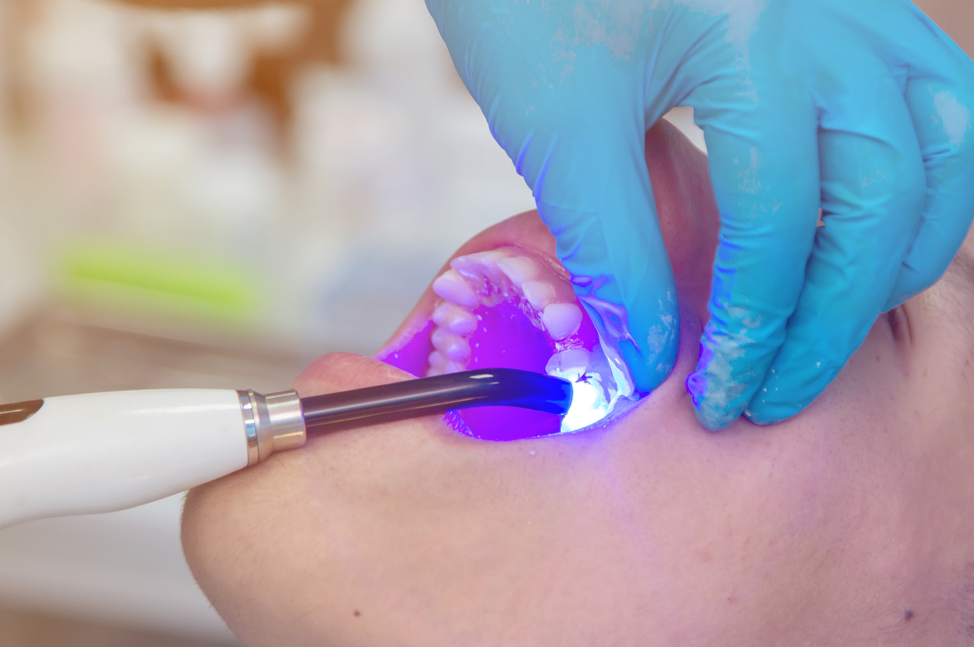
Root Canal Treatment
The root canal treatment procedure is a common procedure in modern dentistry that is used to remove inflamed or infected tissue from inside a tooth.
Beneath the enamel and dentin layer of teeth, a type of soft tissue referred to as pulp is found inside each tooth. The pulp contains blood vessels, nerves and connective tissue. This pulp is essential for the growth and development of a tooth, although it is possible for a fully developed tooth to exist without it because it can obtain nourishment from the surrounding tissues.
A root canal procedure involves the removal of pulp that is infected or inflamed. The pulp chamber and root canal are completely cleaned out and refilled to protect the area from further damage.
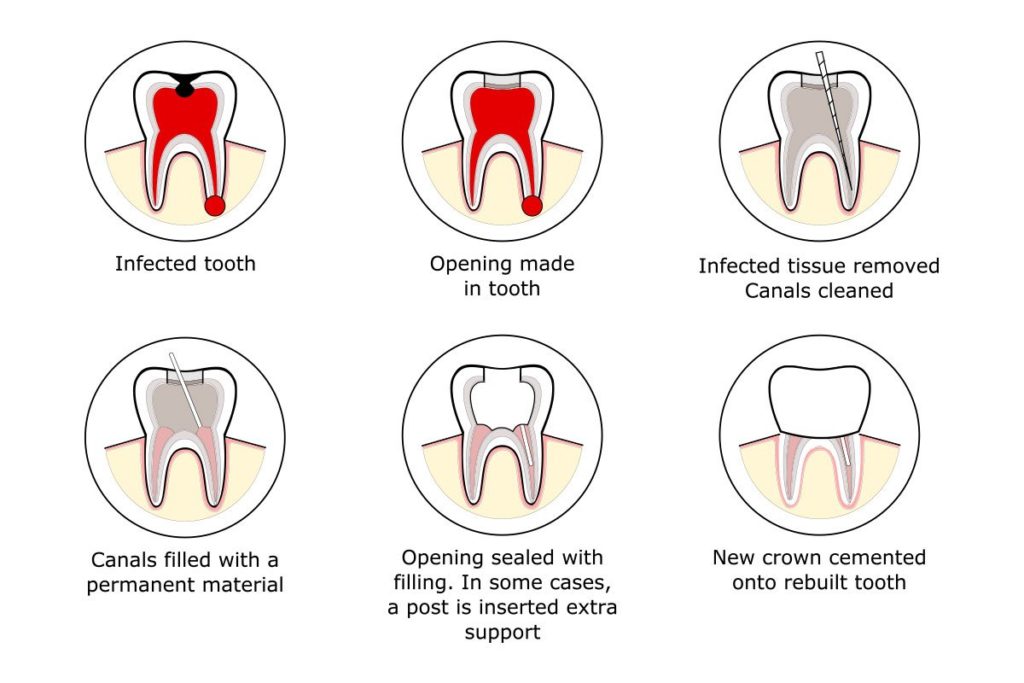
Implants
Dental implants are artificial tooth replacements that are used to replace missing teeth. Implants are placed in order to prevent and stop jaw bone loss. Dental implants can be used to replace one tooth or an entire upper and lower set of teeth. The implant is a small titanium post that is surgically anchored to the jawbone and then topped with a natural looking artificial tooth. Implants can be used under dentures for a more comfortable and stable fit. They also help preserve the remaining underlying bone.

Full Mouth Rehabilitation
Full mouth reconstruction is a restoration of every tooth in the mouth. Over time, teeth begin to break down due to everyday use or inadequate oral hygiene. Sometimes teeth are also missing. Full mouth reconstruction is necessary when the teeth are worn, broken down, missing, and begin to cause problems in the bite and appearance of the mouth. The most common solution to these problems are crowns, veneers, inlays, bridgework and implants. Full mouth reconstruction surgery can restore the function of the mouth, reduce pain from the mouth.
Crowns & Bridges
A crown is a restoration that covers or “caps” a tooth to restore it to its normal shape and size. Dental crowns are used when teeth have been significantly damaged by decay, large fillings, root canal treatment, or fractures. It is a fixed prosthetic device which is cemented onto implants or already existing teeth, meaning it cannot be removed. Crowns can be placed for aesthetic, reparative, and structural function. Inlays and onlays can be a conservative alternative to dental crowns. Inlays and onlays can treat tooth decay or similar structural damage when fillings aren’t sufficient enough.
A dental bridge is a false tooth that is fused between two porcelain crowns used to fill in a gap left by a missing tooth. It is secured into place by your natural tooth, a crown, or an implant. A bridge is made up of tooth-colored porcelain, gold, or a combination of both to provide the best results.
Cosmetic bridges can be used to replace one or more missing teeth. Without a bridge, spaces that are left unfilled may cause surrounding teeth to drift out of position. This can cause your other teeth and gums to become more susceptible to tooth decay and gum disease.
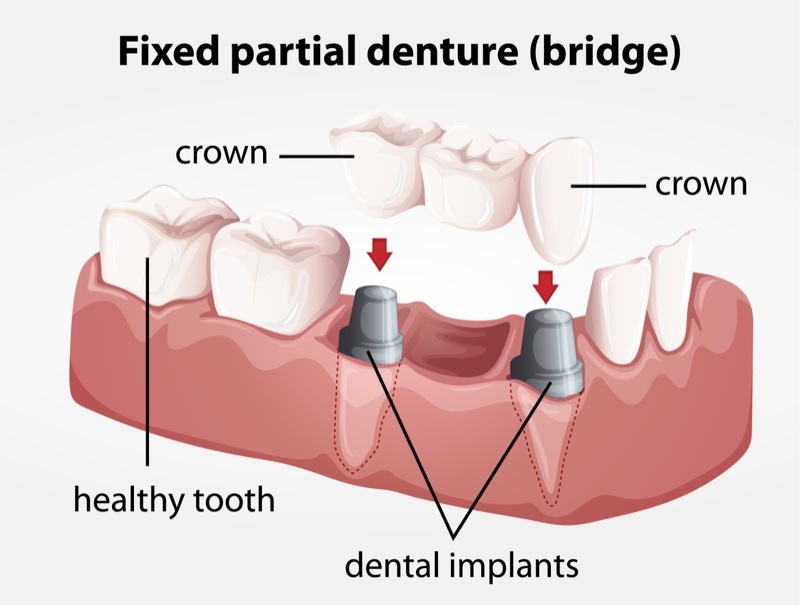
Braces
Dental braces are a way of straightening or moving your teeth, to improve how they look and how they work. Braces can also help you look after the long-term health of your teeth and gums and make eating more comfortable, by spreading the biting pressure across all your teeth.
Braces work by putting pressure on the teeth, to slowly move them in the right direction. As the pressure takes effect, the bone in the jaw changes to allow the teeth and their roots to move.
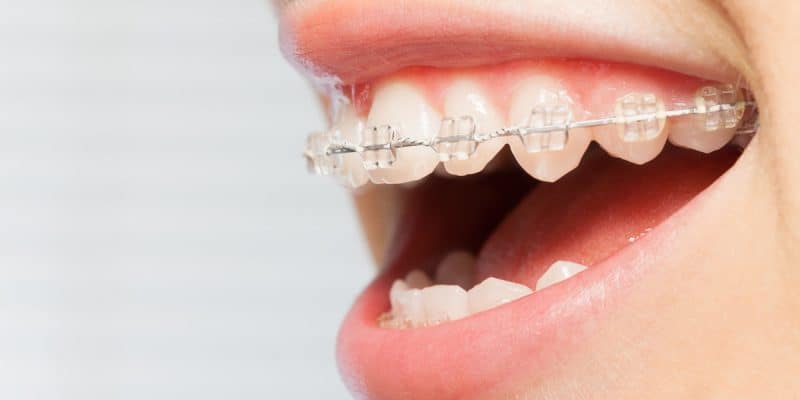
Cleaning & Bleaching (Whitening)
The main objective of teeth cleaning is to eliminate plaque and tartar from the surfaces of your teeth. This procedure reduces your risk of tooth decay and gum disease.
Teeth whitening, on the other hand, is a cosmetic procedure that removes tooth stains and discoloration. Simply put, teeth cleaning improves the health of your mouth and teeth whitening brightens and improves the appearance of your teeth.
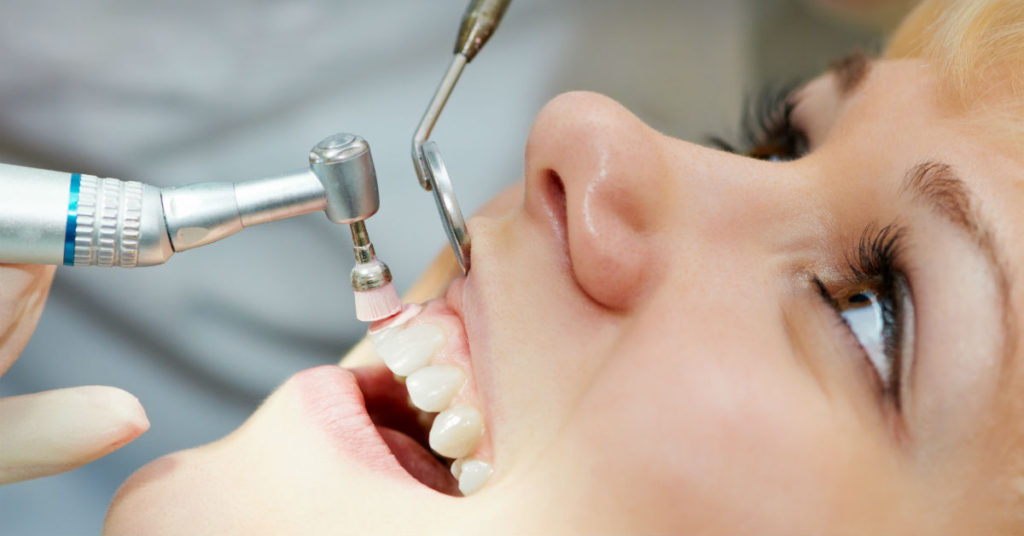
Dentures
Dentures (also known as false teeth) are prosthetic devices constructed to replace missing teeth, and are supported by the surrounding soft and hard tissues of the oral cavity.
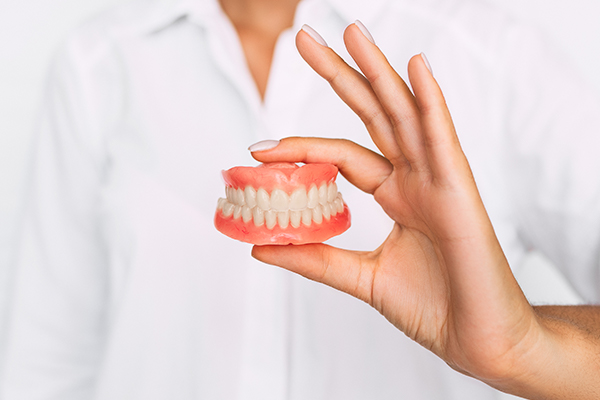
Pediatric Dentistry ( Diagnosing Airways Issues)
Splints
Dental splints, also called occlusal splints, include bite plates and mouth guards. Dental splints can help ease muscle tension and stabilize the jaw. They do this by preventing grinding and clenching of the jaw that might be causing muscle tension and pain.
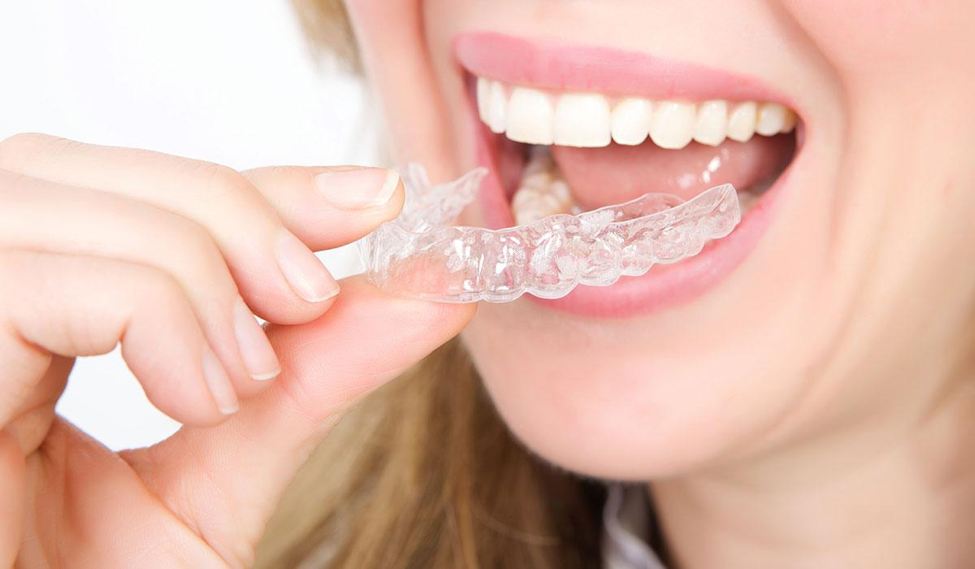
Extractions , Disimpaction
Tooth extraction is the removal of a tooth from its socket in the bone.

Gum Treatments
Gum disease is an inflammation of the gum line that can progress to affect the bone that surrounds and supports your teeth.
Gum Disease begins with bacterial growth in the mouth, the localized inflammation of the gingiva is initiated by bacteria in the dental plaque, which is a microbial biofilm that forms on the teeth and gingiva.
The treatment option depends on the stage of Gum Disease. It also depends on your medical history and your overall health.
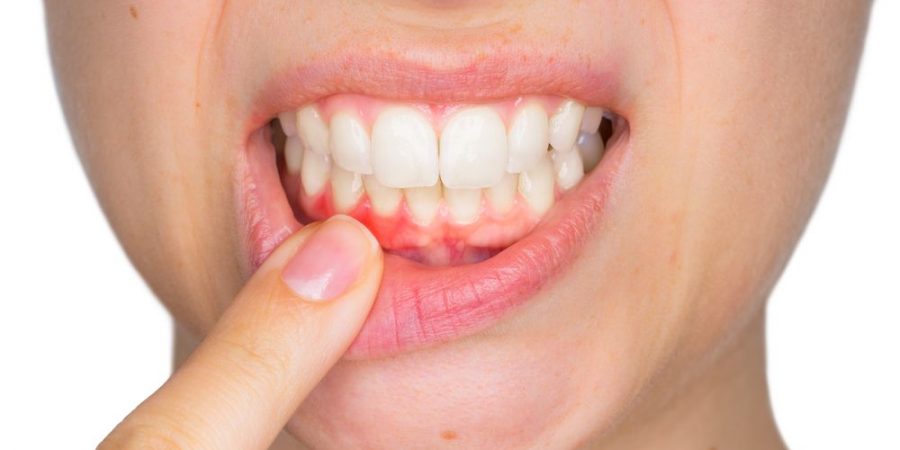
Minor Surgeries
